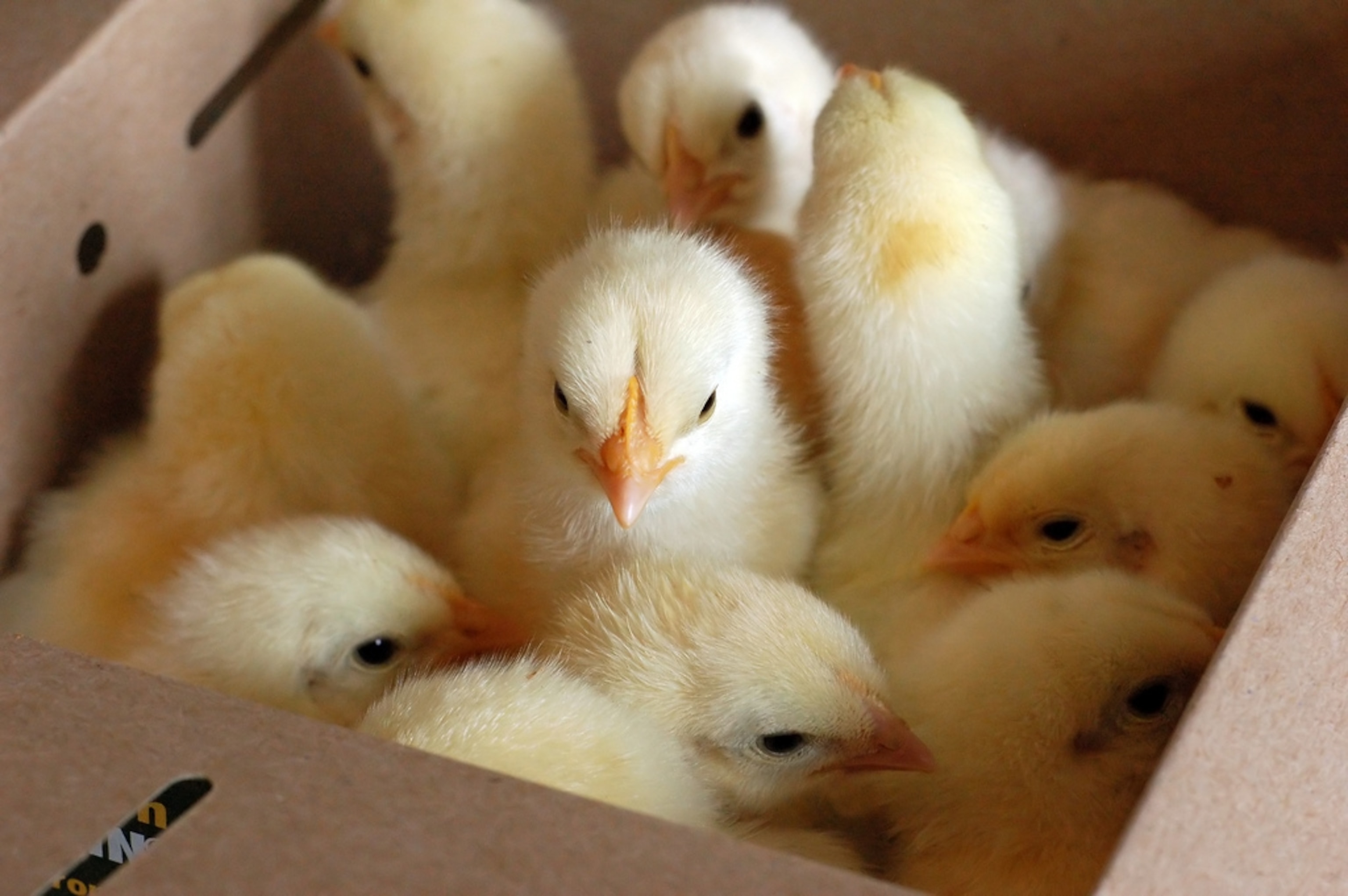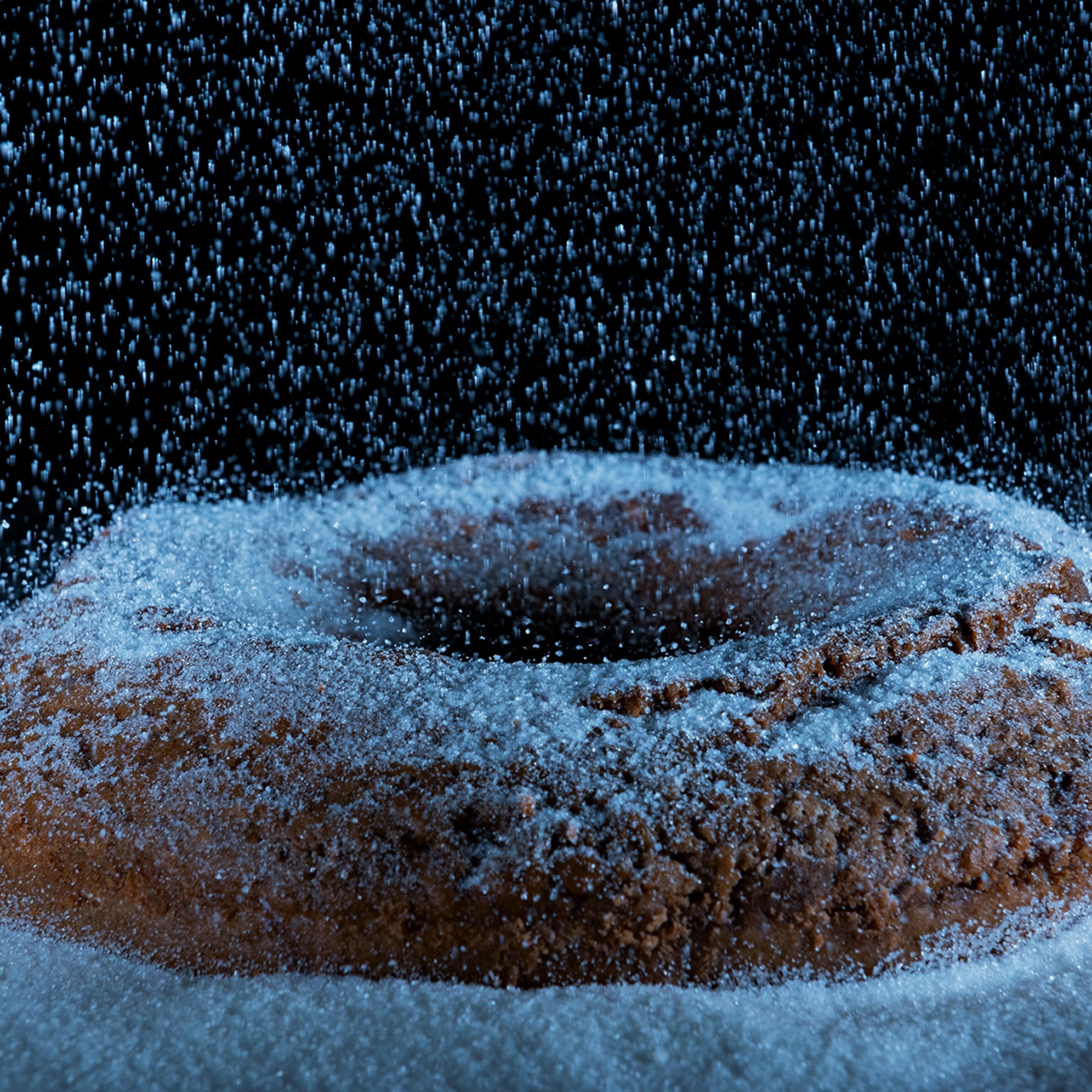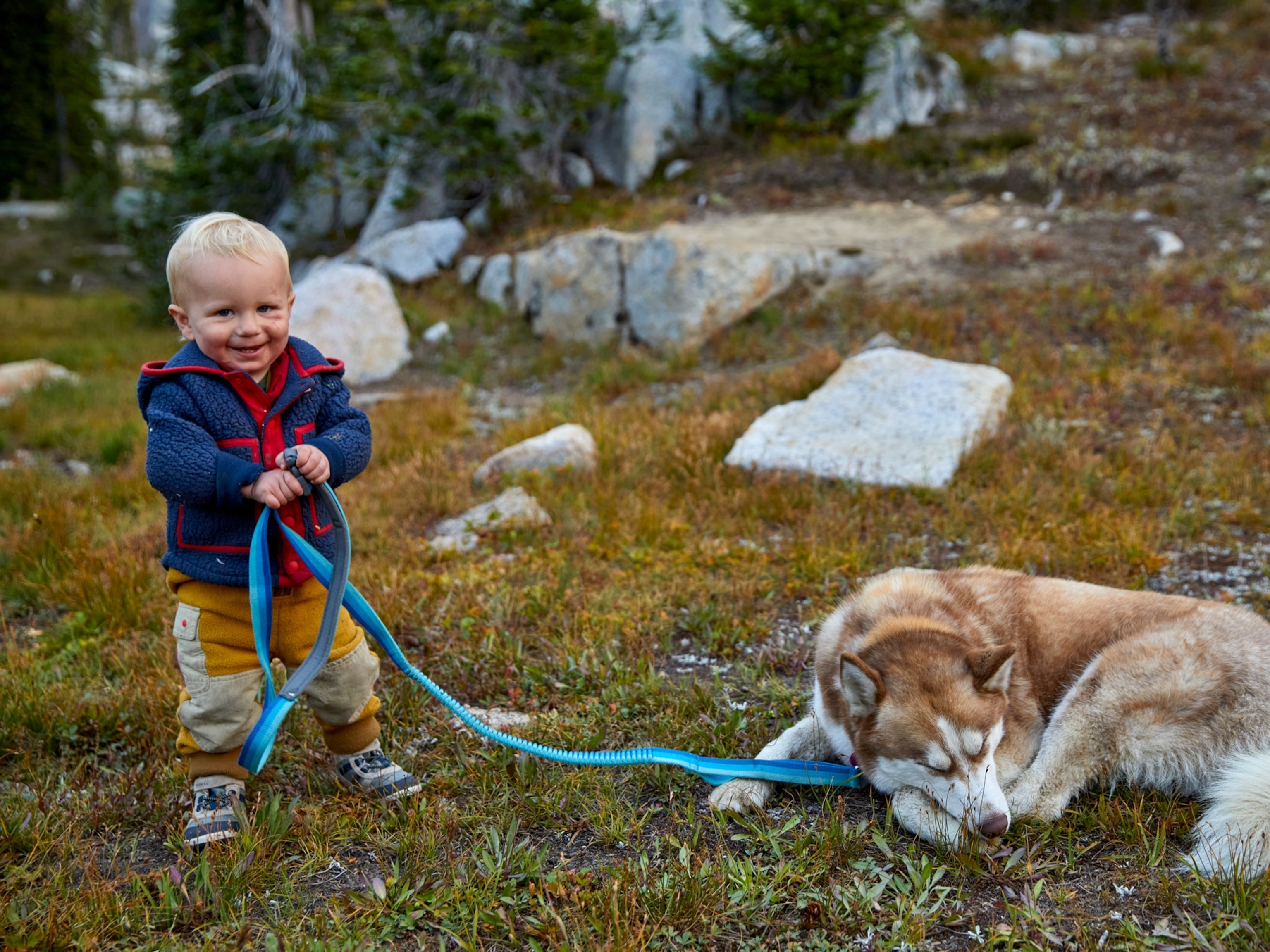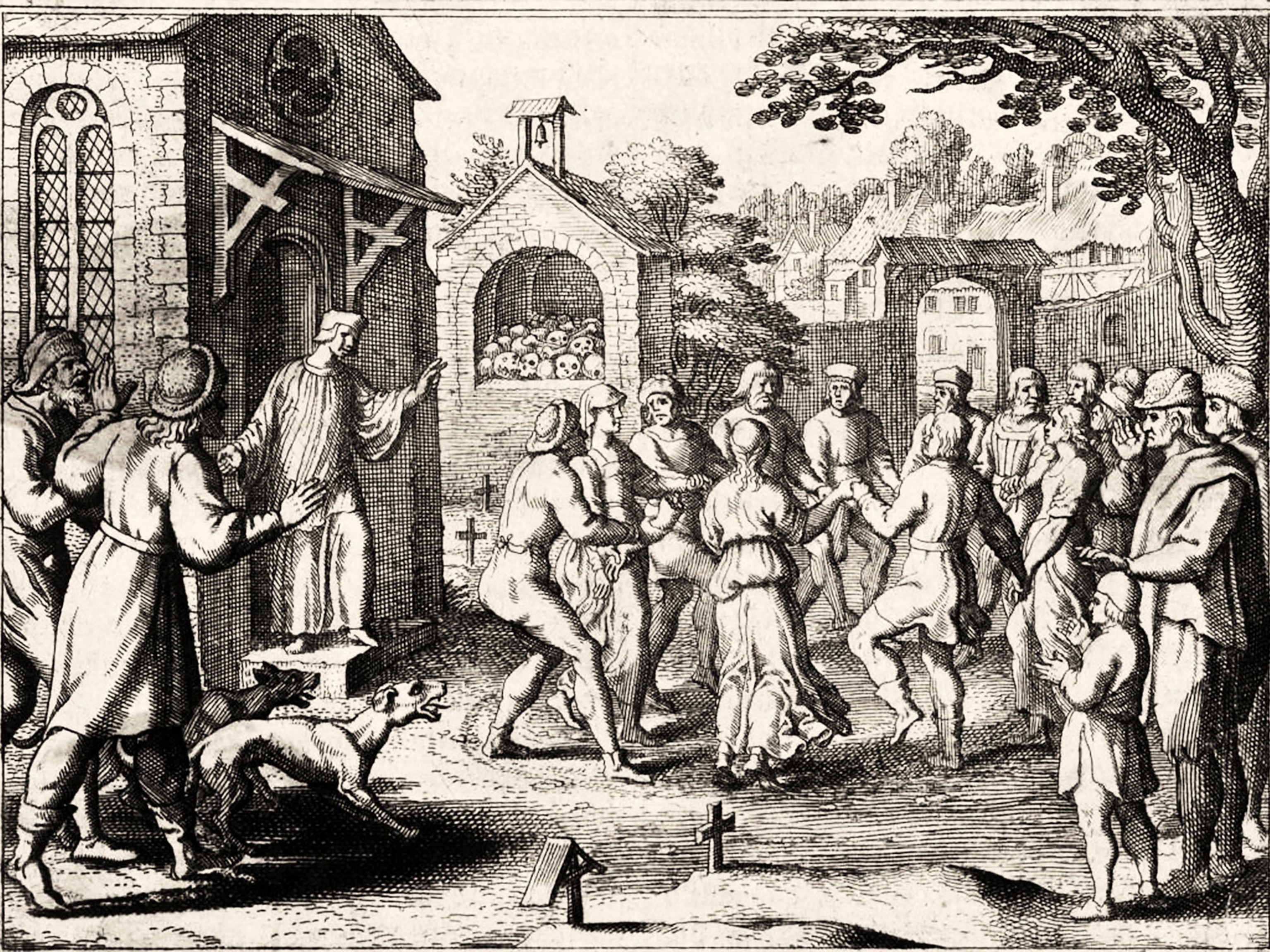
Easter Chicks Are Adorable Salmonella-Spreaders
They’re so cute. They’re so fluffy. And they just might make you sick.
They’re baby chicks: those enchanting balls of fuzz that, with the arrival of spring, will soon begin populating the garages and backyards of small-scale farmers and urban locavores—and, this weekend, will be perched on top of Easter baskets for kids to coo over.
Well, coo if you must. But wash your hands afterward, make sure your kids do too, and try not to smooch them on top of the head. Records from the Centers for Disease Control and Prevention reveal that baby chicks (and to a lesser extent, ducklings) are a major source of serious Salmonella infections every year—starting just about now.
“There is definitely a seasonality to these outbreaks and they all start in the springtime,” Dr. Colin Basler, a veterinarian and epidemiologist in the CDC’s disease-detective corps, told The Plate by phone. “We’ll be on high alert starting after the Easter holiday.”
You might think of Salmonella as a minor illness, well worth the risk for fresh eggs or for watching your child’s face light up on Sunday morning. But Salmonella can be a very serious illness: not just a reason to stay close to the bathroom for a few days, but also a cause of fever and inflammation, which can put victims in the hospital and cause lifelong after effects. And the people most at risk from those dangerous aspects are children—precisely the ones likely to be receiving Easter chicks or to be helping with a backyard flock.
According to CDC surveillance, there has been a large outbreak of illness associated with baby poultry every year for the past several years. In 2014, 363 people in 43 states got sick, and a third of them were sick enough to be hospitalized. In 2013, 158 people became ill in 30 states; like the victims in 2013, they all carried the same Salmonella strains. In 2012 there were 195 people sick in 27 states. This CDC poster shows the illness rates since the 1990s in stark terms.
Those numbers may seem small compared to the millions of chicks sold in the United States each year and also to the overall toll of Salmonella, which the CDC estimates to be a million cases, 19,000 hospitalizations, and 380 deaths annually. But the cases linked to live poultry are probably underestimated; could be prevented, since the source is known; and are rising steadily as backyard flocks become more common.
The three recent outbreaks were traced back to a single mail-order hatchery, Mt. Healthy, in Cincinnati. (No irony intended; it’s named after the surrounding neighborhood.) But that hatchery—which now flags the CDC’s advice about handling chicks on its homepage—isn’t any kind of unique bad actor. In 2012, a team from the CDC and several state health departments disclosed that they had been dealing for years with an outbreak started by chicks from a different, unnamed hatchery in the western U.S. that, between 2004 and 2011, made 316 people sick in 43 states.
That investigation revealed how big and complex the trade in baby poultry is. Most chicks travel via mail either to your door or, more likely, to a local hardware store or feed store. In just the first six months of 2009, the U.S. Postal Service shipped 1.2 million pounds of chicks. Since each chick weighs just a few ounces, that is a lot of fluff balls.
They originate from 20 mail-order hatcheries scattered around the country and end up in thousands of different retail outlets. Hatcheries commonly contribute chicks to each other’s shipments to make up numbers, a practice called drop shipping, so there’s little way of knowing where the chicks originated. And since any single chick can pass Salmonella to the other hundred in a standard mailing carton, which chick started the chain of infection is less important than what you can do to protect yourself once they arrive.
Basler told me that Salmonella is a common infection in chickens. It can live in their guts for an indeterminate period of time, flare up periodically, and pass out of their bodies with their droppings.
That’s true, of course, for the chickens we eat as meat too. (Though they originate from a side of the industry completely separate from backyard chicks, one that raises different chicken varieties and sends them through different distribution channels.) But after years of warnings, we are pretty aware of raw chicken as a source of foodborne illness and know to keep raw chicken away from other foods and to sanitize our knives and food-prep surfaces. We somehow haven’t associated that message with baby chicks.
“When chicks are young, they are adorable, and people love to play with them, hold them, cuddle them,” he said. “So there is more opportunity for prolonged close contact. We have also seen that if people are getting chicks in late March or early April, it can still be really cold in some parts of the United States. So people might keep chicks in their house for a week or two before putting them out in a coop, and that is another opportunity for significant environmental contamination.”
Hatcheries have been cooperating with the CDC on improving the health of the birds they sell, but to some degree, Salmonella may be an unavoidable contaminant. The CDC’s advice (found on this page and in this podcast, recorded by child actors for kids) is uncomplicated: Try to keep live poultry out of the house; wash their cages, feed trays and water sources outdoors; and always wash your hands thoroughly after touching them, making sure your kids do too.







